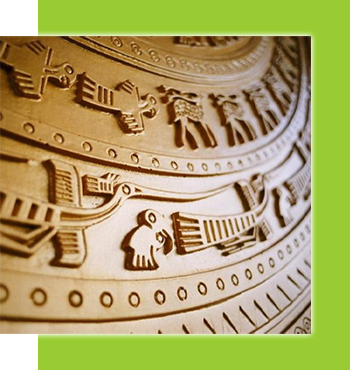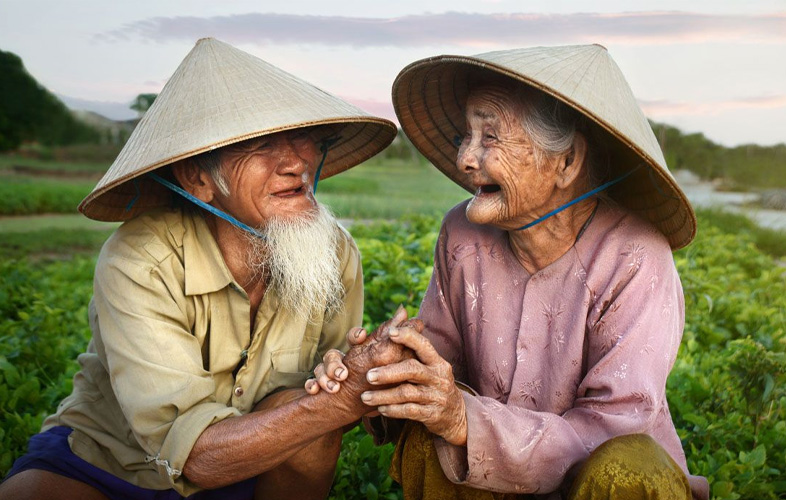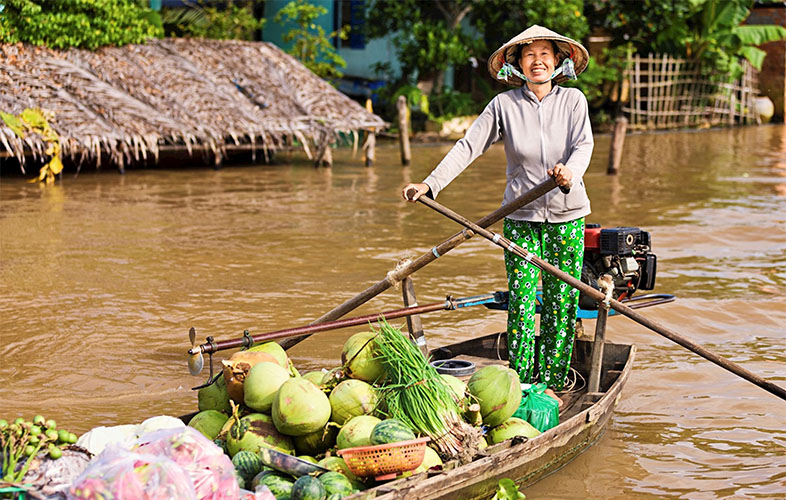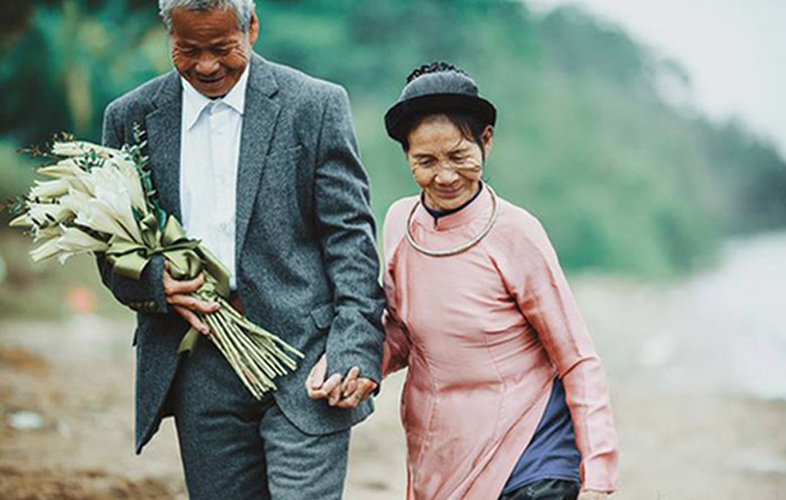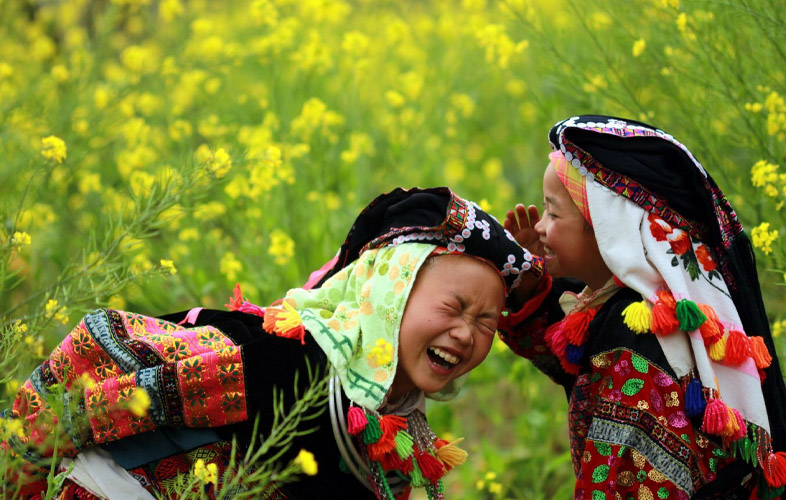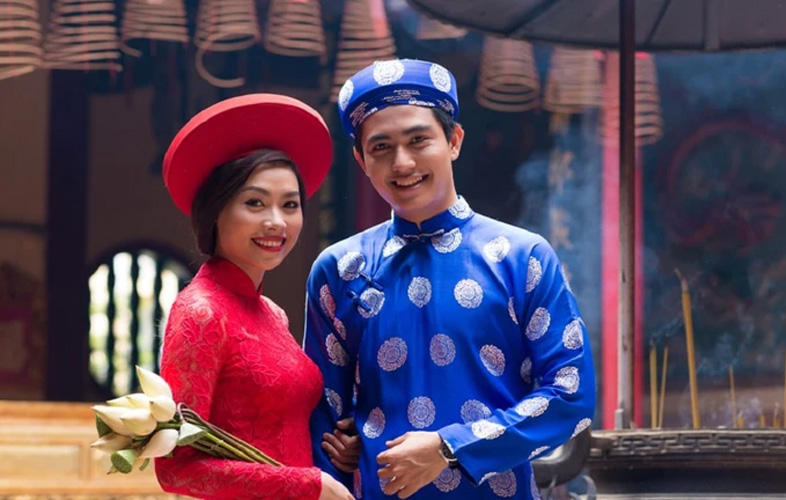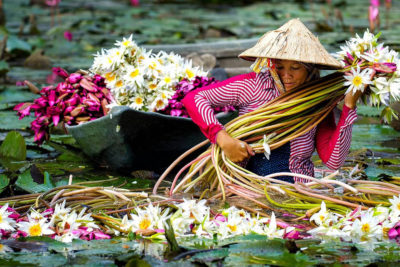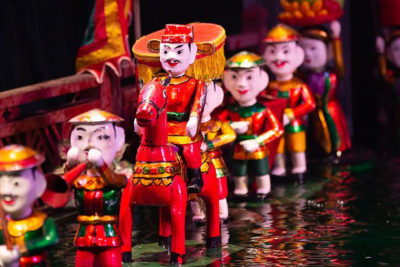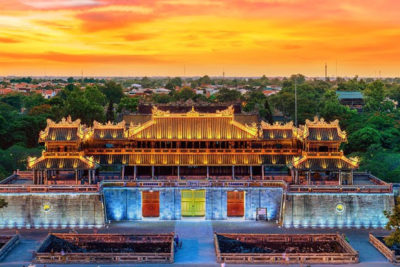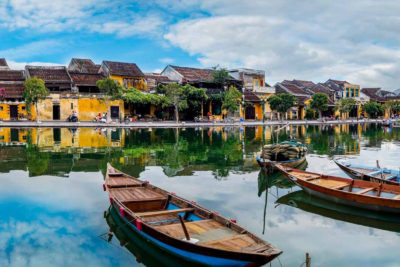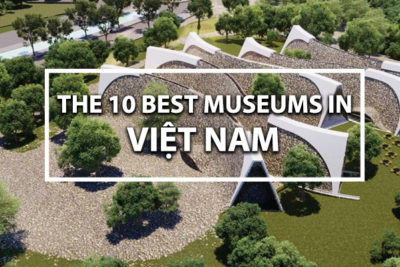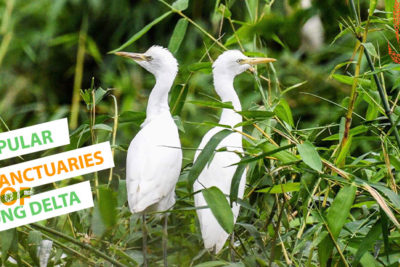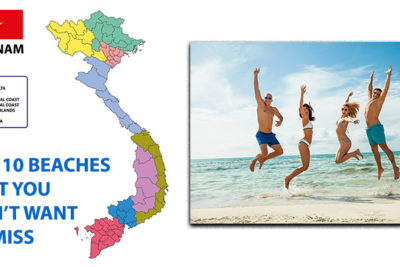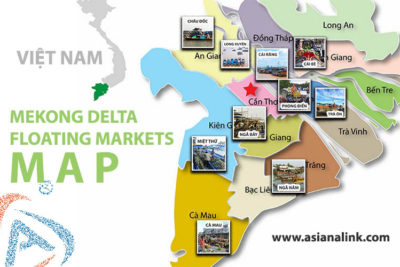
Vietnamese People
Vietnam’s people are a special mix of cultures, languages and historical backgrounds. The one common denominator amongst them is that, as in most Southeast Asia countries, they love to smile and are genuinely interested in foreign visitors.
Vietnamese people are always proud of their 4000-year history of many ups and downs. Legend tells the Vietnamese are the descendants of Dragon and Fairy. Therefore, tiny Việt Nam was never overpowered by its huge neighbor – China despite having been their slaves for nearly a thousand years in the past. They strongly fought back the invaders to gain themselves freedom and independence. However, the hard-won peace did not last for a long time. Millions of Vietnamese people continued to sacrifice their blood, even lives in thousands of wars against powerful enemies. None but the desire for freedom, indomitable spirit and iron were the strongest weapons, which have made the Vietnamese protect their independence up to now.
Việt Nam’s population stands at an estimated 96 million (2019), of which the Vietnamese (Kinh) make up 90%. Though there is a sizeable ethnic Chinese community in Hồ Chí Minh City, most who is descended from migrants from Guangdong province and is hence bilingual in Cantonese or other Chinese dialects and Vietnamese. There are also numerous other ethnic groups who occupy the mountainous parts of the country, such as the H’mong, Mường and Yao people. There is also a minority ethnic group in the lowlands near the border with Cambodia known as the Khmer Krom.
Vietnamese Language
Vietnam is a country of 54 ethnic groups and over 20 separate languages. Since 1945, Tiếng Việt is the official national language, having been originated as a writing system developed by 17th century missionaries from Europe.
After being conquered by the French in the late 19th century, French replaced Chinese as the official language of the administration and education. Many loanwords from French made their way into Vietnamese during this time. In 1910, the French colonial administration officially adopted the Latin alphabet, distinguishing Vietnamese from other Southeast Asian languages by giving it a Western writing system. Since the end of World War II and Vietnamese independence from the French, use of this alphabet has been compulsory, allowing for a rapid rise in literacy rates for huge numbers of Vietnamese people (to include previously non-Vietnamese-speaking ethnic minorities).
Tiếng Việt is, grammatically speaking, very easy to learn, as the language is not inflected like English or German and because words do not morph to reflect tense, number, mood, case, person, etc. Learning to pronounce Vietnamese, however, can be a major challenge, given its somewhat complex system of tones – each word in Vietnamese has a fixed tone that dictates the pitch at which the word must be spoken in order to maintain a given meaning. There are 6 tones, represented by 5 different symbols. The sixth tone, spoken at a flat pitch, has no symbol.
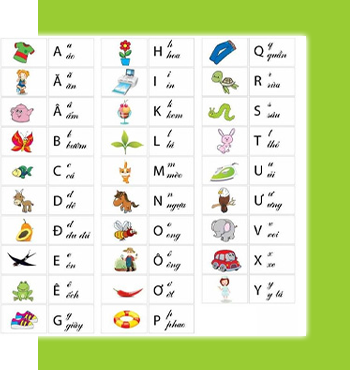
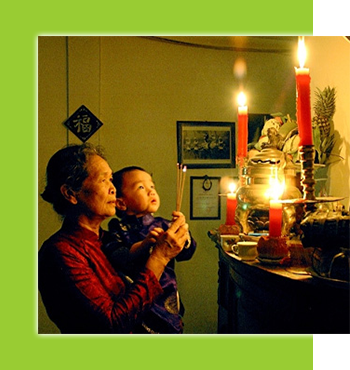
Religion in Việt Nam
Buddhism, mostly of the Mahayana school, with over ten million followers and 20,000 pagodas, Buddhism is undoubtedly the largest established religion. However Việt Nam has a rich and wide variety of religions based on imported faiths and popular beliefs, with several indigenous groups embracing animism, and theism. Catholicism, introduced by European missionaries, is the second largest religion, with about six million followers, and more than 6,000 churches.
Ancestor worship is another common part of religious life in Vietnam, and many Vietnamese families incorporate ancestor worship into their other religious practices. In many Vietnamese homes you’ll find a shrine that has photos of grandparents and great-grand parents, complete with offerings of flowers and incense.
Việt Nam’s indigenous religions, including the Cao Đài and Hòa Hảo sects, have their holy lands in the city of Tây Ninh and the provinces An Giang in the Mekong Delta. They peacefully coexist with one another for years.
A brief history of Việt Nam
Việt Nam has a history as rich and evocative as anywhere on the planet. Sure, the American War (or Vietnam War) in Việt Nam captured the attention of the West, but centuries before that Việt Nam was scrapping with the Chinese, the Khmers, the Chams and the Mongols. Vietnamese civilization is as sophisticated as that of its mighty northern neighbor China, from where it drew many of its influences under a thousand-year occupation. Later came the French and the humbling period of colonialism from which Việt Nam was not to emerge until the second half of the 20th century.
It didn’t just stop there, World War II brought the Japanese to replace the French in Việt Nam for 5 years from 1940 – 1945. When the Japanese surrendered to the Allies, they left the country with a power vacuum which itself continued to push Việt Nam into another war; this time, it was an ideological war between the North and the Sought for another 20 years from 1954 – 1975, which took millions of Vietnamese lives. Peace has been restored in this country when the North army tank crushed the main gate of the Reunification Palace in Sài Gòn at 11:30a.m. on April 30, 1975.
